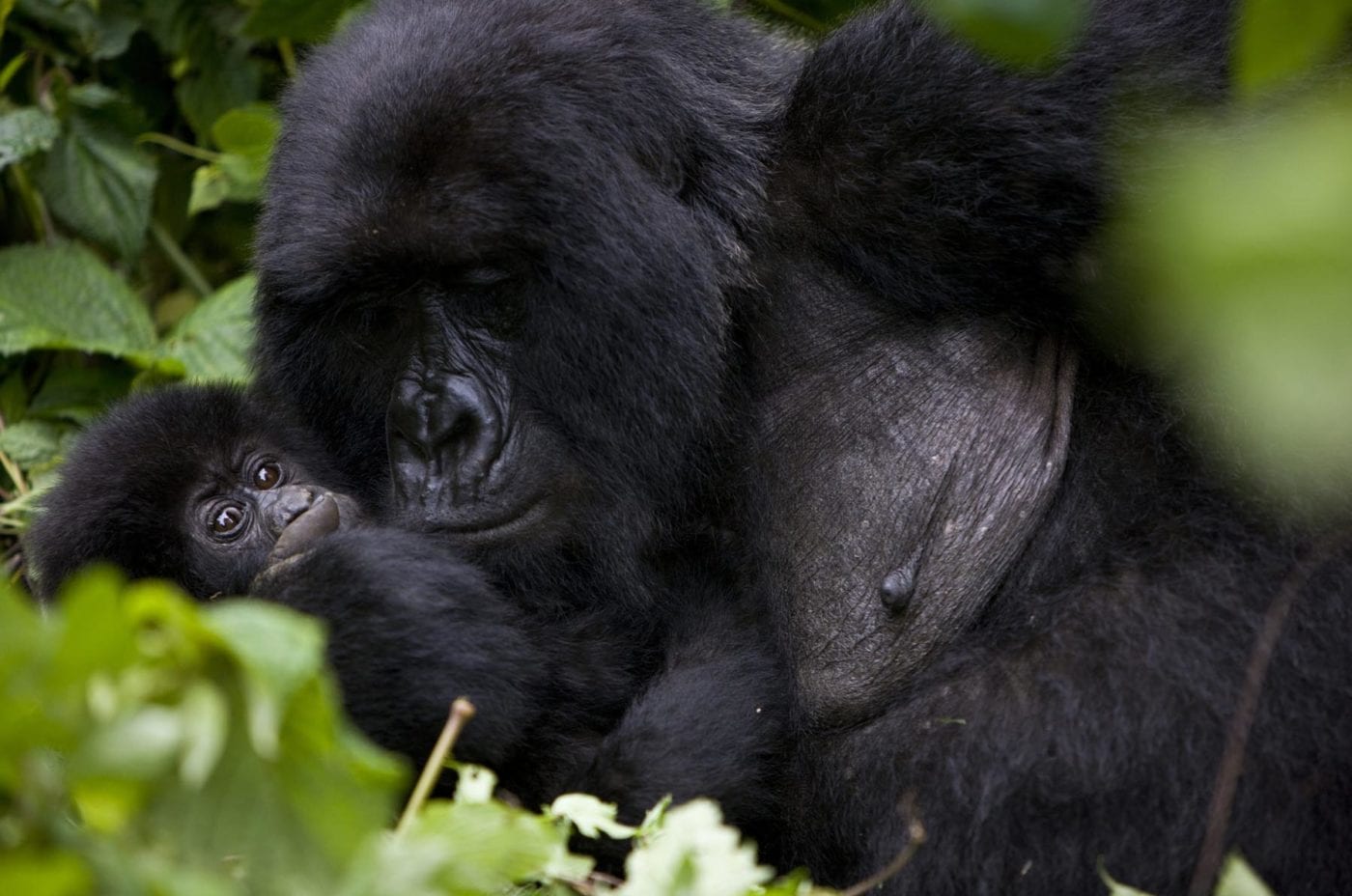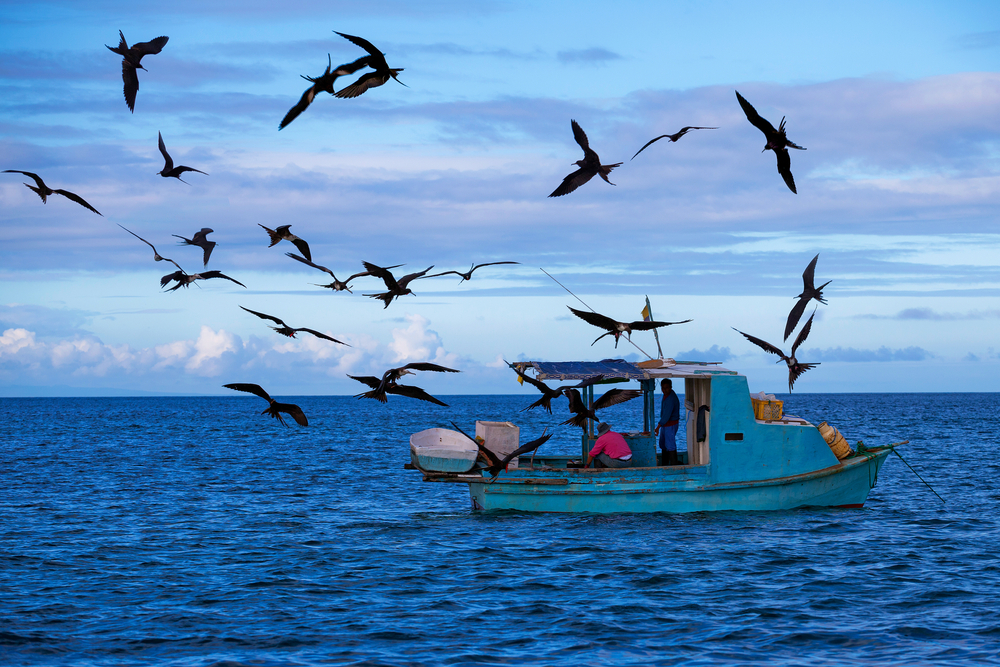News
Workers collecting palm oil fruit
In a world of vast natural ecosystems, endlessly diverse life forms and similarly numerous threats to nature, how can people make smart choices about what to try to conserve? It takes biological expertise, to be sure, but economics is also a necessary compass to guide our efforts.
Mountain Gorillas in Virunga National Park, Photo ©2023 Virunga National Park
Por: Claudia Ochoa, colaboradora
La tercera semana de enero visitamos la Amazonía peruana para avanzar con los preparativos del curso Herramientas Económicas para la Conservación en la Amazonía Andina: Manejo de Recursos Naturales y Sostenibilidad Financiera en Áreas Protegidas que se llevará a cabo en la ciudad de Iquitos entre el 9 y 20 de marzo del presente año.
Fern-choked hillside on a lovely stretch of the Camino de Santiago. © John Reid
I spent five days in December walking through Spain's Basque Country on the northern variant of the ancient pilgrimage route to Santiago de Compostela. And also walking through the Anthropocene, a geologic era recently declared by non-geologists to describe our time, an epoch in which people shape the earth more than plate tectonics or asteroid collisions.
Conservation Strategy Fund is accepting applications for our International Economic Tools for Conservation Course! Now in it's 17th year, our flagship course will be offered August 10-21, 2015 at Stanford University.
CSF presenta la cuarta publicación del programa Investigaciones Económicas Aplicadas para la Conservación en la Amazonía Andina, puedes descargarlas aqui:
Documento técnico para descargar:
Les invitamos a la primera presentación de resultados de las investigaciones desarrolladas en el marco del programa Investigaciones Económicas Aplicadas para la Conservación en la Amazonía Andina, diseñado para fortalecer las capacidades de investigadores de la región en la aplicación de herramientas avanzadas de análisis económico para la conservación de la biodiversidad.




